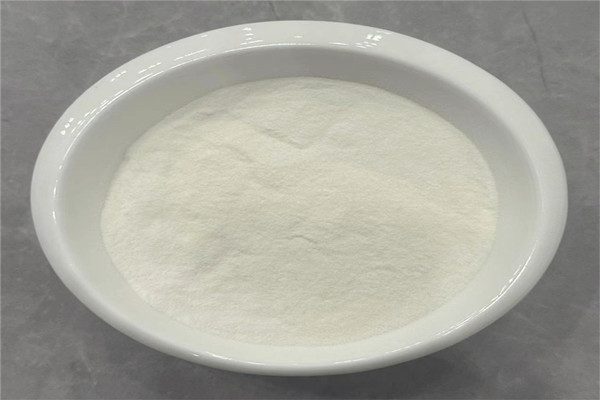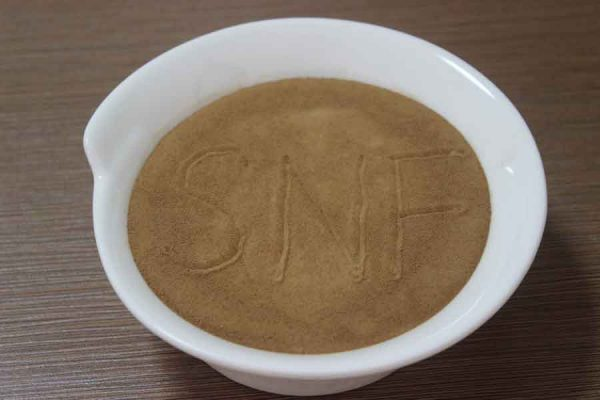Sodium lignosulfonate, derived from wood fiber, is a compound with various significant applications in the rubber industry. This article will explore the functions of sodium lignosulfonate in rubber products and its importance in this sector.
1. Dispersing Agent and Plasticizer
In the rubber manufacturing process, sodium lignosulfonate is commonly used as a dispersing agent and plasticizer. Since rubber typically contains various additives and fillers such as fillers, plasticizers, and vulcanizing agents, there is a need for a substance that can effectively disperse these components and improve the flowability of rubber compounds. Sodium lignosulfonate plays a crucial role in this regard, helping to evenly disperse these components in the rubber matrix, thereby enhancing the quality and performance of rubber products.
2. Facilitating Vulcanization Reactions
Rubber products often require vulcanization reactions to enhance their strength, abrasion resistance, and durability. Sodium lignosulfonate can act as a catalyst to facilitate vulcanization reactions in rubber. Its interaction with vulcanizing agents helps accelerate the crosslinking of sulfur atoms in rubber, forming a more robust molecular network structure, thereby improving the mechanical properties of rubber products.
3. Improving Processing Performance
Due to its excellent dispersibility and flowability, sodium lignosulfonate can improve the processing performance of rubber compounding and molding. By adding an appropriate amount of sodium lignosulfonate, the viscosity of rubber compounds can be reduced, thereby increasing their plasticity and processability, making rubber products easier to mold and process, thereby improving production efficiency.
4. Aging Resistance
Sodium lignosulfonate also possesses certain antioxidant properties, which help extend the service life of rubber products. It can react with free radicals in rubber, preventing oxygen and other oxidants from oxidizing rubber, thereby slowing down the aging process of rubber products and maintaining their physical and chemical properties stability.
5. Environmental Advantages
Compared to some synthetic additives, sodium lignosulfonate has natural origins and lower environmental impact, making it more favored by the rubber industry. Its biodegradability and environmental friendliness align with the modern society’s pursuit of sustainable development, making it an ideal choice in rubber product manufacturing.
6. Conclusion
In conclusion, sodium lignosulfonate plays a crucial role in rubber products, including serving as a dispersing agent and plasticizer, facilitating vulcanization reactions, improving processing performance, and enhancing aging resistance. Its environmental advantages and multifunctionality make it an indispensable chemical in the rubber industry, contributing significantly to the improvement of rubber product quality, performance, and production efficiency.



